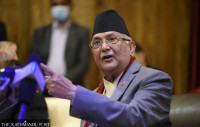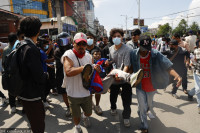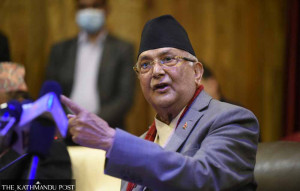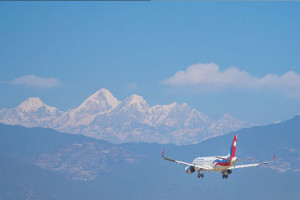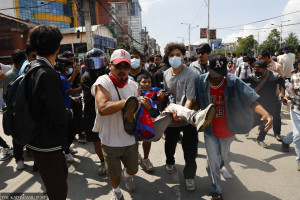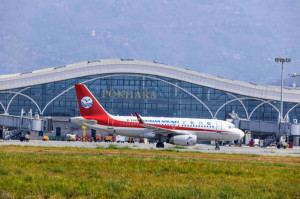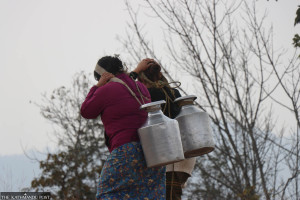Editorial
After the strikes
Now that both India and Pakistan have fired their first salvos, it’s time to give diplomacy a chance.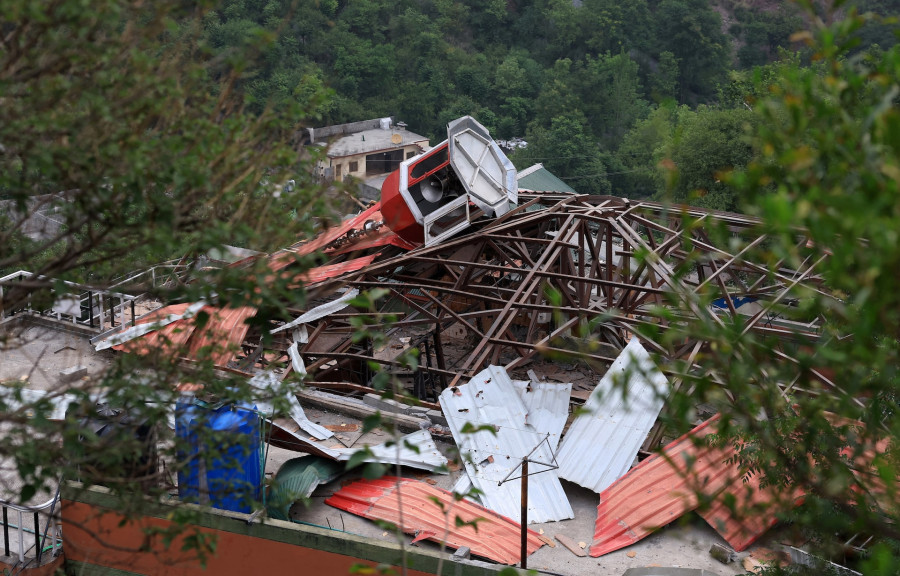
Since the 1999 Kargil conflict, India and Pakistan have never been as close to a war as they are now. Tensions in South Asia have heightened following India’s air strikes in nine places in Pakistan in the early hours of Wednesday, during which it hit ‘terrorist hideouts’; at least 26 people were killed. In retaliatory fire, Pakistan claims to have downed multiple Indian fighter jets, while at least 10 Indian nationals perished. New Delhi says its Wednesday raids were proportionate, and targeted only at those who had sought to actively harm India. The strikes came in response to the brutal killing of 26 civilians, including a Nepali national, in India’s part of Kashmir on April 22. The Indian establishment immediately held the Pakistan military responsible for the attack. Pakistan, meanwhile, called for an independent investigation.
There is no denying that the killing of 26 unarmed civilians in Kashmir was an act of terrorism, and it warranted a calibrated response on India’s part. But some reckon the BJP government in India was spoiling for a fight against Pakistan in order to gain some political leverage. This might be partially true. Yet there were other compelling reasons that made the Indian government retaliate forcefully, even inside Pakistan proper, rather than this time too limiting its response to Pakistan-occupied Kashmir. Unlike other terrorist attacks in Kashmir in the recent past—in 2016 and 2019, for instance—in which Indian military personnel and installations were targeted, this time it was Hindu civilians, who were selectively slaughtered for their faith. This explains the unbridled public anger in India. Given the Pakistani state’s history of sponsoring terrorist groups—something which even its defence minister admitted in a recent interview—India was in no doubt the Pakistani military establishment was in the dirty game again. (Yet India had also furnished no credible evidence of the Pakistani state’s direct involvement in the April 22 terrorist attack.)
What next then? Now that the first round of military attacks and counter-attacks have ended, it is time to give diplomacy a chance. The tensions right now are so high that diplomacy will sound like a dirty word to both New Delhi and Islamabad. Yet there is also no alternative to quiet back-channel negotiations, away from the glare of cameras and 24-hour news cycles baying for blood. For as United Nations Secretary-General António Guterres put it on Tuesday: “The world cannot afford a military confrontation between India and Pakistan”. In the process, he also offered his good offices to both governments to help defuse tensions and promote diplomacy, as “a military solution is no solution.”
The world is on tenterhooks in the fear of an escalation of military tensions between these two nuclear-armed neighbours—and rightly so. If the cycle of retaliation does not stop, South Asia—and beyond—will face the grave ramifications of a war between the region’s two biggest military powers. Nepal itself is on high alert. The Armed Police Force has increased its vigilance of the India-Nepal border in order to check unwanted infiltration by rough elements operating under the shadow of India-Pakistan tensions. Other smaller states in the region are as anxious. They can only hope that even in the charged atmosphere, cooler heads prevail, in both New Delhi and Islamabad. It is also time all South Asian states took meaningful and demonstrable steps to root out terrorism in all its forms. Because unless that happens, the region could always be a terrorist attack away from an unimaginably destructive war.




 17.12°C Kathmandu
17.12°C Kathmandu
